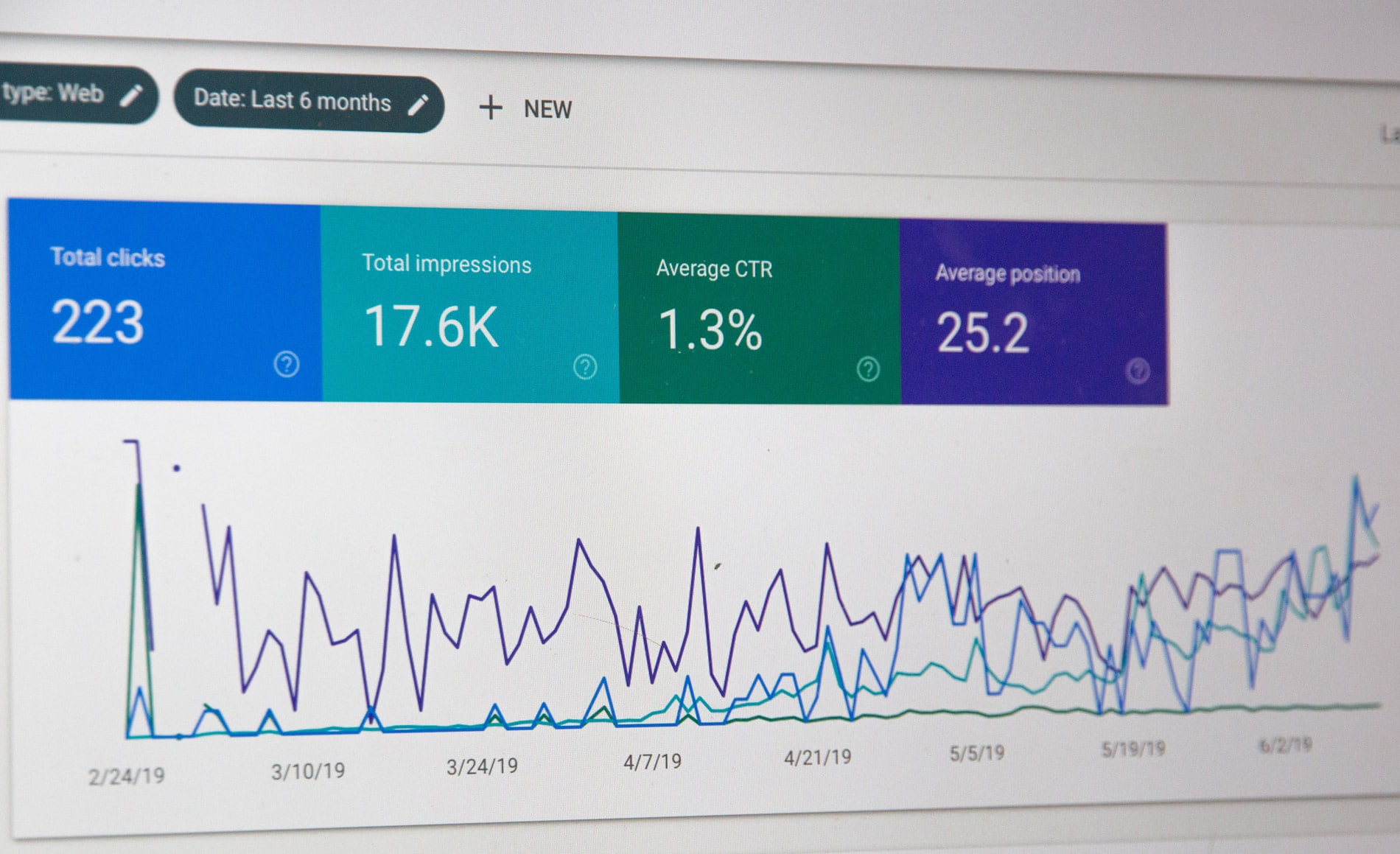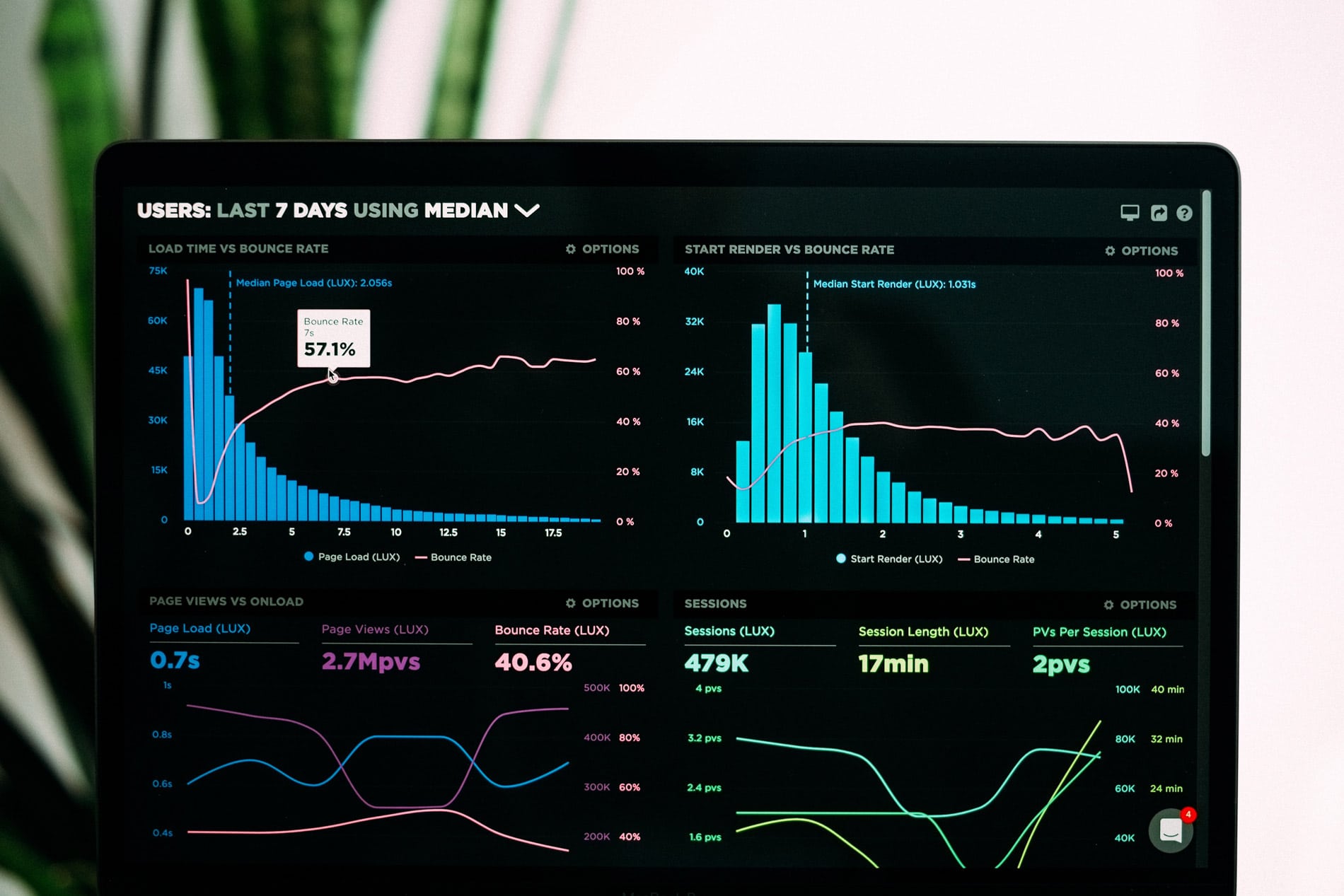Email marketing can help your product business grow, expand its reach, and generate more revenue—but how do you know your email marketing strategy is effective? It all comes down to email marketing metrics!
We don’t just live in a world where email marketing continues to be the strongest marketing channel for your business. We also live in a world where you don’t have to wonder if your marketing is effective; you just have to look at the data.
But as a new business owner, you might wonder what metrics you need to pay attention to, and how to know what the data means.
Read on to find out the 7 most important email marketing metrics you should be measuring for your product business (and how to tell if they’re where they need to be!)
Your Email Open Rate
Your email open rate is straightforward—it’s what percentage of recipients actually opened your email.
The open rate is one of the most important metrics you can measure to determine the effectiveness of your email marketing strategy. After all, if nobody opens your emails, then you’ve wasted your time (and you haven’t sold anything)!
What to aim for:
The average open rate is between 15-25%. (It can vary by industry, but this is a good benchmark to aim for.)
How to improve:
The best way to increase your open rate is to improve your subject lines. The average email user receives 121 emails per day—which means there’s a lot of competition in an inbox.
Your email has to cut through the noise and stand out. Subject lines should be short, catchy, and unique.
Using an email subject line analyzer, like Coschedule, will help you determine if your subject lines will elicit a response.
Remember that personalized subject lines consistently outperform non-personalized ones—so consider adding the recipient’s name in the subject line!
It’s also easy to A/B test your subject lines so you can see what is most effective for your audience. Split your email list in half and try a different tactic with each to see what leads to increased open rates!
Things to remember:
Remember that while the open rate is important, it’s not the ultimate goal. If you had a 100% open rate and nobody bought or acted on your email, it wouldn’t be effective.
That’s why it’s important to remember to deliver relevant content and be upfront in your email subject lines. You want to draw attention to your emails, but you also want to make sure that you’re reaching the right audience!
Your Click-Through Rate
Your click-through rate is the percentage of recipients who click a link in an email, usually, one that takes them to your website or landing page.
What to aim for:
The average click-through rate falls between 2-5%.
How to improve:
Your click-through rate depends on the persuasiveness of your email. Keep your emails concise and to the point, and use segmenting strategy to make sure your emails are relevant to your audience.
Also, make it clear what you want your audience to do by using CTA buttons with decisive language. (Buttons receive 28% more clicks than regular hyperlinks!)

Things to remember:
The click-through rate is a bridge between your email and a purchase, so monitor this marketing metric very carefully in conjunction with other metrics.
If your open rate isn’t high enough, you’ll struggle to have a good click-through rate. If you have a decent click-through rate but you aren’t actually converting sales, the problem likely lies either in your landing page or in your email not being clear enough about what lies on the other side.
The goal should never be to increase open rates with clickbait subject lines that don’t offer what you promised. Balance interest with relevance so that your subject lines are intriguing but clear.
Your Conversion Rate
The conversion rate is the percentage of people that opened your email and then completed the action you wanted them to (for example, purchasing your product or signing up for a loyalty program).
This email marketing metrics rate is very important in determining your email campaign’s overall effectiveness. At the end of the day, you want your email to lead to more revenue!
What to aim for:
A good conversion rate falls between 2-5%.
How to improve:
Improving your conversion rate will depend on what you’re trying to get your customers to do. But whatever your goal is, one of the best ways to increase conversion is to be clear and concise with your email messaging. (Don’t bait-and-switch your customers in order to get clicks—if a customer feels like you weren’t upfront, they aren’t going to make a purchase.)
You also want to make sure that it’s easy for your customer to complete the action. The landing page should load quickly and be responsive so that it’s easy to access via mobile or desktop. It should also be easy to navigate. Make it simple for your customers!
Things to remember:
Conversion rates can vary wildly by industry and campaign. If your conversion rate isn’t where you want it to be, take a step back and look at the big picture. Are you sending out appealing promotions? Do you offer an incentive to take action?
For example, if you want your audience to sign up for a loyalty program, do they receive a benefit just for signing up? If you want them to make a purchase, are you offering a discount on bundles?
Think about how to motivate your customers to take action—remember, conversion is a combination of your entire strategy, from the email to the landing page to the offer itself.
Your Bounce Rate

The bounce rate is the percentage of emails that couldn’t reach your list. There are two types of bounce rates.
Soft bounces happen when something temporary keeps your email from going through. (The recipient’s inbox was full or your email was too large, for example.) These can be fixed once the obstacle is resolved.
Hard bounces happen when the problem isn’t just temporary. Usually, this occurs when the email address receiving the email doesn’t exist or when the email is flagged as spam.
Your bounce rate does actually matter—it can decrease the future deliverability of your emails if email software determines that you are sending spam.
What to aim for:
As low as possible—definitely aim to keep it under 2%.
How to improve:
Make sure that you are following the proper opt-in protocols so that you’re only emailing people who have consented to hear from you.
You should also actively clean up your list regularly—removing emails that no longer exist and making sure those that don’t respond truly want to be on your list by running re-engagement campaigns.
Things to remember:
Some bounces are going to happen. People mistype their email addresses or they have problems with their inboxes. Don’t worry about a small number of bounces.
But if you’re consistently noticing higher bounce rates, it’s time to take a closer look. The last thing you want is for future emails to end up directly in the spam folder!
Your Spam Complaint Rate
The spam complaint rate is the number of people marking your email as spam. Like your bounce rate, this affects future deliverability.
What to aim for:
Less than 0.1%.
How to improve:
To keep people from marking your emails as spam, you need to make sure that your content is relevant to them. Avoid buying email lists and contacting people who don’t want to hear from you.
Also, make sure your list has opted into your emails, and make it easy for them to unsubscribe if they want out.
Finally, make sure you’re emailing consistently and frequently so that your customers remember who you are and want to engage with you.
Things to remember:
If your spam complaint rate goes above 0.1%, your deliverability will go down. Depending on your email provider, you could even run the risk of your account being reviewed for high spam content or blocked temporarily.
Always remember that you want to be reaching out to people who want to hear from you. Keep your list warm and engaged!
Your Unsubscribe Rate

The unsubscribe rate is how many people are choosing to leave your list in response to a specific email.
What to aim for:
Anything under 2%.
How to improve:
The two most common reasons for people to unsubscribe from a list is that they receive too many emails or that the emails aren’t relevant to them.
A good rule of thumb is to email your list weekly or once every other week. Any less than that and your customers might forget about you (and be annoyed when you start showing up in their inbox again!) But any more than that and they might feel bombarded.
Most importantly, use automated flows and segmenting strategies to make sure that you’re putting relevant content in front of your customers.
Things to remember:
Having people on your list unsubscribe isn’t always a bad thing. A small, but engaged list is more valuable to you than a large list of people who have no interest in buying from you. You want your list to be warm and ready to buy. So don’t panic if you have a rise in unsubscribes, especially as you first start to perfect your email marketing strategy!
Your Email ROI
At the end of the day, the most important metric you can measure is your ROI—how much money you are making versus how much money you are spending.
What to aim for:
The average ROI is $44 for every $1 spent. (This can vary widely based on industry and campaign, but you should be seeing a higher ROI on email marketing than any other marketing channel in your business.)
If you follow best email marketing practices but you’re not seeing a good ROI, you have a problem that needs to be addressed.
Maybe you’re not targeting the right audience for your product. Maybe your price point needs to be adjusted. Maybe you’re sending too many promotional emails and not offering anything else of value to your customers.
The answer might not be crystal clear at first, but it’s important that you dig in and find out where you’re going wrong before you continue to throw money into your email marketing campaign.
Things to remember:
Your email marketing campaign is only as effective as your overall branding, marketing, and online presence. Make sure that you have a cohesive brand image, an organic and invested following, and a purpose behind your emails.

General Tips for Email Marketing Metrics Effectiveness
Other important ways you can increase your email marketing effectiveness include:
- A/B test: test out different headlines, different CTA language, even different email lengths. Get a feel for what resonates with your audience.
- Consider your industry: metrics matter, but they matter more in the context of your industry than across the board. Pay attention to the average rates for your industry to get a more clear picture of your effectiveness!
- Make it professional: Just because you know how to run your business doesn’t mean you’re going to be a great email marketer. Consider investing in professionals to help you strategize, write your emails, and design them. Agencies can help you look at the big picture, figure out how to fix problems, and capitalize on what you’re doing right to improve your ROI.
Are you ready to strengthen your email marketing strategy? Crème de Mint, our award-winning branding agency, has experience helping product businesses level up their marketing through strategy, design, and copywriting services. Contact us today to get started!



